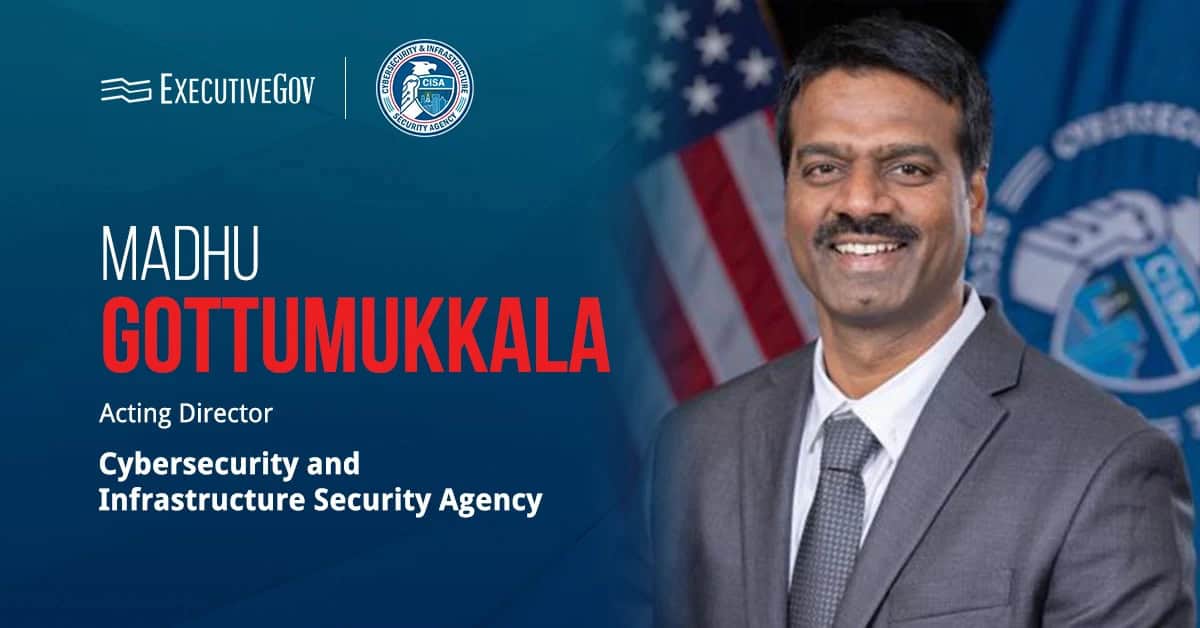The Department of Defense plans to limit the information to be included in a public document that details the testing records and technical issues of defense systems, Breaking Defense reported Monday.
DOD’s Director of Operational Test and Evaluation office will issue a publicly available report with some sensitive content removed and a more complete version that contains controlled unclassified information available only to Congress and DOD officers.
Raymond O’Toole, who leads the DOT&E office on an acting basis, said the move aims to ensure that adversaries can not access test evaluation details.
The DOT&E office releases this report every January. The current report’s uncut version has been completed and will undergo editing for the public version.





